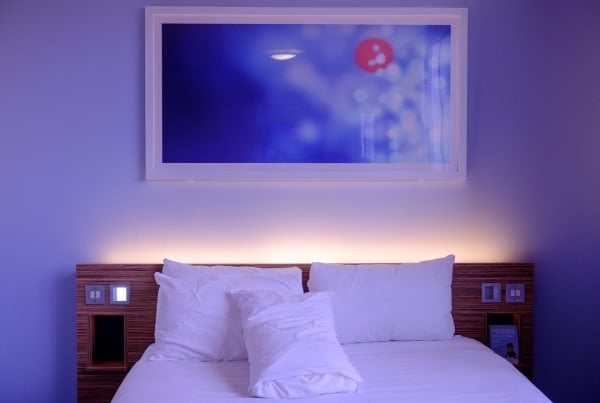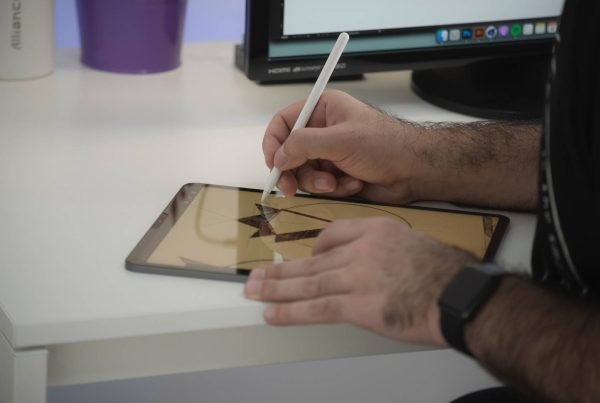Trade fairs provide a fertile ground for businesses to showcase their products and services to a diverse audience. Among the myriad marketing strategies available, custom t-shirt printing has emerged as a potent tool for leaving a lasting impression on potential customers. A well-designed, eye-catching t-shirt can be a walking billboard, spreading brand awareness and sparking curiosity.
Table of Contents
The Power of Custom T-Shirt Printing
T-shirts have an inherent appeal as they are versatile, comfortable, and universally appreciated. Leveraging custom t-shirt printing to promote your brand at trade fairs offers numerous advantages:
- Brand Visibility: T-shirts with your logo and message are powerful tools for brand visibility. As trade fair attendees move about, your brand’s presence becomes ubiquitous, attracting attention from potential customers, partners, and competitors. To know more, please contact credible experts from T-Shirt printing bar for your unique needs.
- Lasting Impression: An exceptionally designed t-shirt leaves a lasting impression. It communicates professionalism, creativity, and attention to detail, fostering positive associations with your brand long after the event.
- Affordability and Reach: T-shirt printing can be cost-effective, mainly when ordered in bulk. The reach of t-shirts extends far beyond the event itself, as attendees often wear them outside the trade fair, amplifying your brand’s exposure.
- Networking and Engagement: Custom t-shirts act as conversation starters, encouraging interactions between your team and trade fair visitors. This engagement can lead to valuable networking opportunities and potential leads.
Designing Your Marketing T-Shirt
Designing a practical marketing t-shirt requires a thoughtful approach that aligns with your brand identity and resonates with your target audience. Here are vital considerations to keep in mind:
- Clear Branding: Ensure your t-shirt prominently features your logo, brand colours, and tagline. Maintain consistency with your overall brand identity to reinforce brand recall.
- Message and Imagery: Craft a clear, concise, and impactful message communicating your brand’s value proposition. Choose imagery that reflects your brand’s personality and aligns with the event’s theme.
- Quality Materials: Opt for high-quality t-shirts that are comfortable to wear. A comfy t-shirt encourages more people to wear it, increasing your brand’s visibility you can use methods such as screen printing to make a soft hand print.
- Unique and Memorable: Stand out from the crowd with a unique design that captures attention. Clever slogans, witty graphics, or innovative artwork can make your t-shirt a sought-after item at the trade fair.
- Consider Your Audience: Tailor the design to resonate with your target audience. A deep understanding of your potential customer’s preferences and interests will help create a direct plan that appeals to them.
Creating a Memorable Unboxing Experience
Incorporate an element of surprise and delight by presenting your t-shirts in attractive packaging. Customised tags, labels, or thoughtful thank-you notes can enhance the unboxing experience, leaving a positive and lasting impression on the recipients.
Mastering the art of t-shirt printing for marketing at trade fairs can be a game-changer for your business. With the power of custom t-shirts, you can elevate your brand’s visibility, leave a memorable impression, and connect with potential customers personally. Investing in thoughtful design and quality printing techniques will make your t-shirts coveted items at trade fairs, ensuring your brand stands out in a sea of competition. So, gear up, get creative, and make your mark with custom t-shirt printing at your next trade fair!










